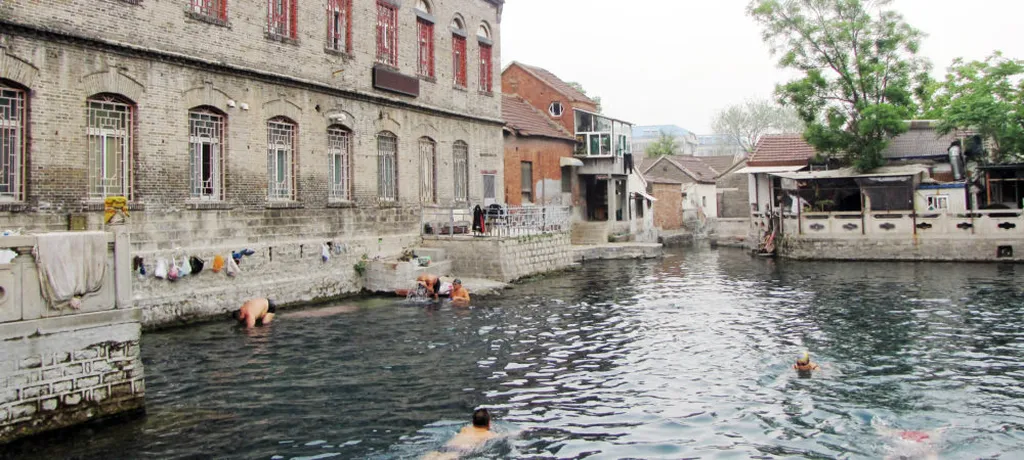In the heart of Jinan City, China, a unique study is shedding light on how activities shape our connection to urban spaces, particularly along waterfronts. Led by Ziyi Han from Universiti Kebangsaan Malaysia, this research delves into the often-overlooked role of activities in creating a strong “sense of place” – that intangible yet powerful feeling of belonging and meaning we associate with certain locations.
Han and his team conducted a comprehensive mixed-method study, combining a large-scale questionnaire survey with in-depth mental mapping exercises. Their findings, published in the *Journal of Asian Architecture and Building Engineering* (translated as *Journal of Asian Architecture and Building Engineering*), reveal that the diversity, vitality, and transactional nature of activities significantly influence how people perceive and experience urban waterfronts.
“Activities are not just things that happen in a place; they are the lifeblood that gives a place its character and meaning,” Han explains. The study found that vitality – the energy and dynamism of activities – had the strongest impact on the sense of place. This suggests that waterfronts buzzing with life, from spontaneous gatherings to organized events, foster deeper connections among users.
The research also highlights the importance of local cultural practices, accessible services, and comfortable gathering spaces in encouraging spontaneous activities. These elements, Han argues, can transform a mere physical space into a vibrant, meaningful place. “When people feel a strong sense of place, they are more likely to return, invest time and resources, and advocate for the area,” he adds. This has significant implications for urban developers and policymakers aiming to create thriving, sustainable communities.
The study’s findings could reshape how urban planners and developers approach waterfront projects. By prioritizing activities that foster vitality, diversity, and transaction, they can create spaces that resonate deeply with users, enhancing both commercial viability and social value. As cities worldwide grapple with urbanization and the need for sustainable, people-centered design, this research offers a timely and valuable framework for shaping the waterfronts of the future.
In an era where the energy sector is increasingly focused on creating sustainable, community-centric spaces, understanding the role of activities in shaping the sense of place could be a game-changer. As Han’s research shows, the key to unlocking the full potential of urban waterfronts lies not just in their physical attributes, but in the vibrant, dynamic activities that bring them to life.

